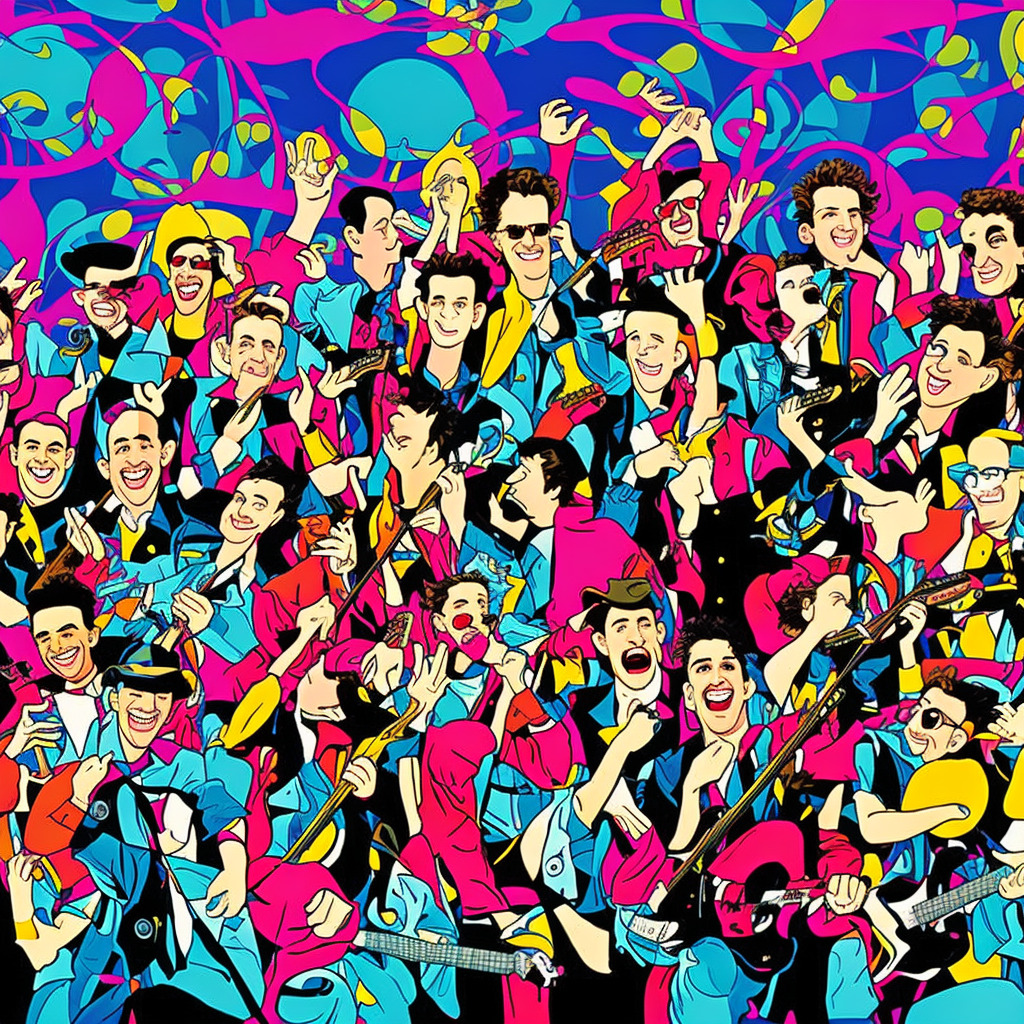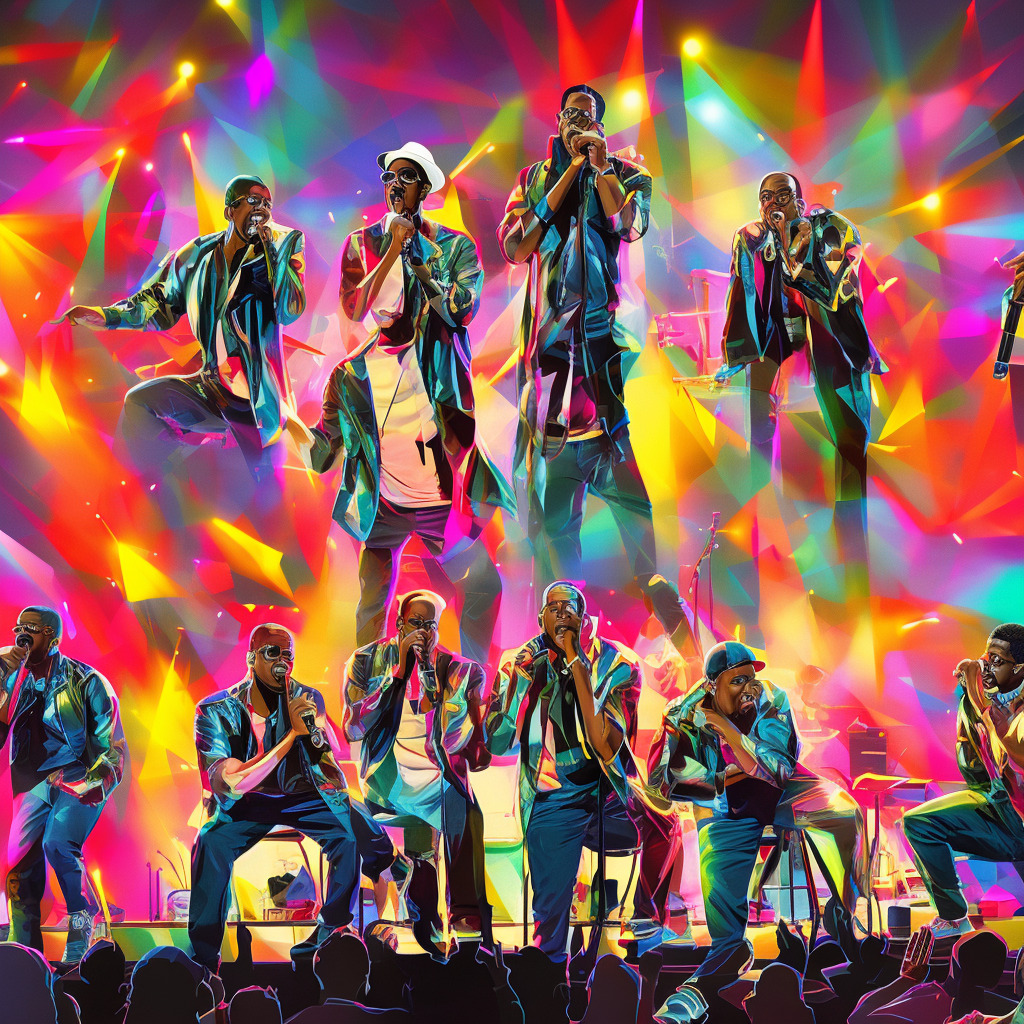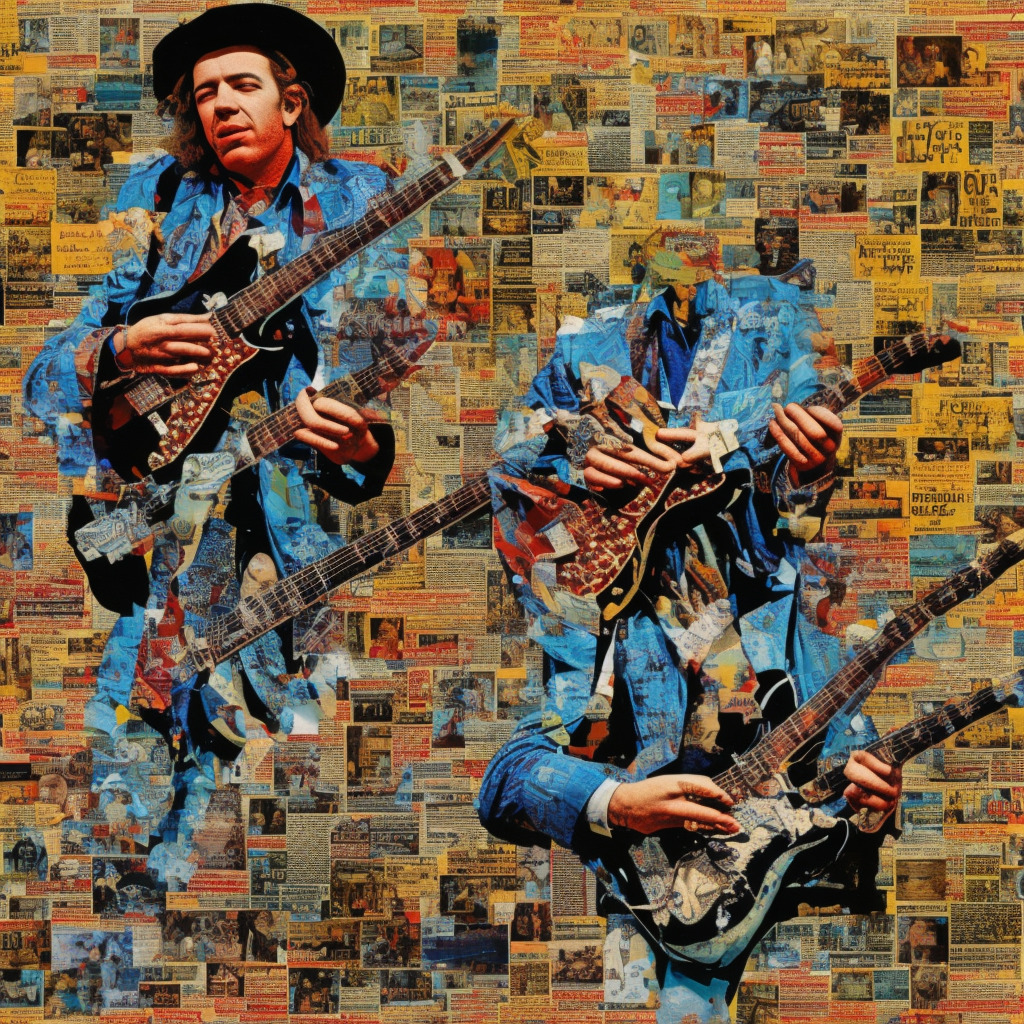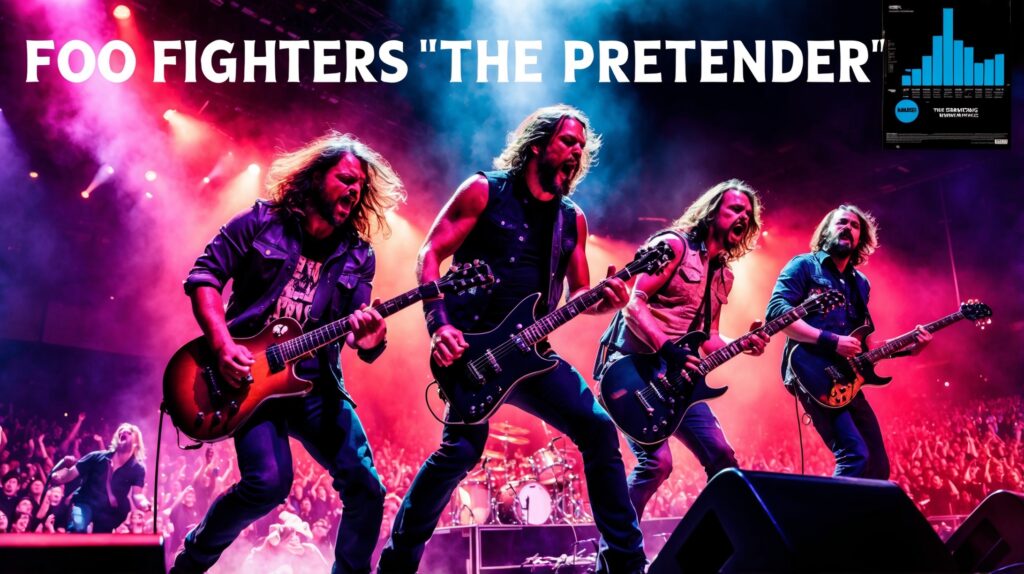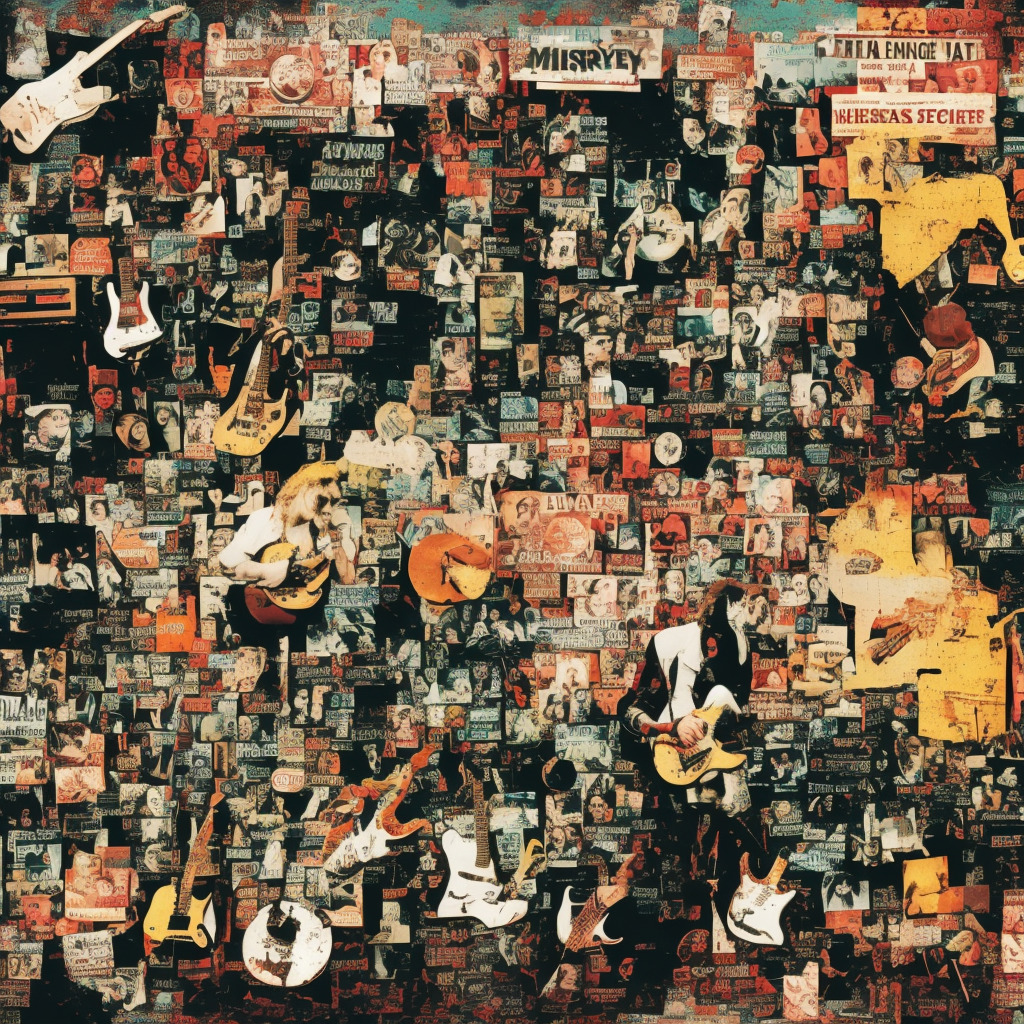? Did you know “Time” by Hootie & The Blowfish was penned during a late-night, impromptu jam session? ⏳ These geniuses prove that musical magic can strike anytime! ?✨ #HootieAndTheBlowfish #TimeTrivia #90sNostalgia Read about it: tinyurl.com/mr3j7vy9
Exploring the Depths of Hootie & The Blowfish’s Classic Track
Diving into Hootie & The Blowfish’s timeless introspection as “Time” encapsulates their signature harmonies and thought-provoking lyrics, defying critics and captivating fans for decades.
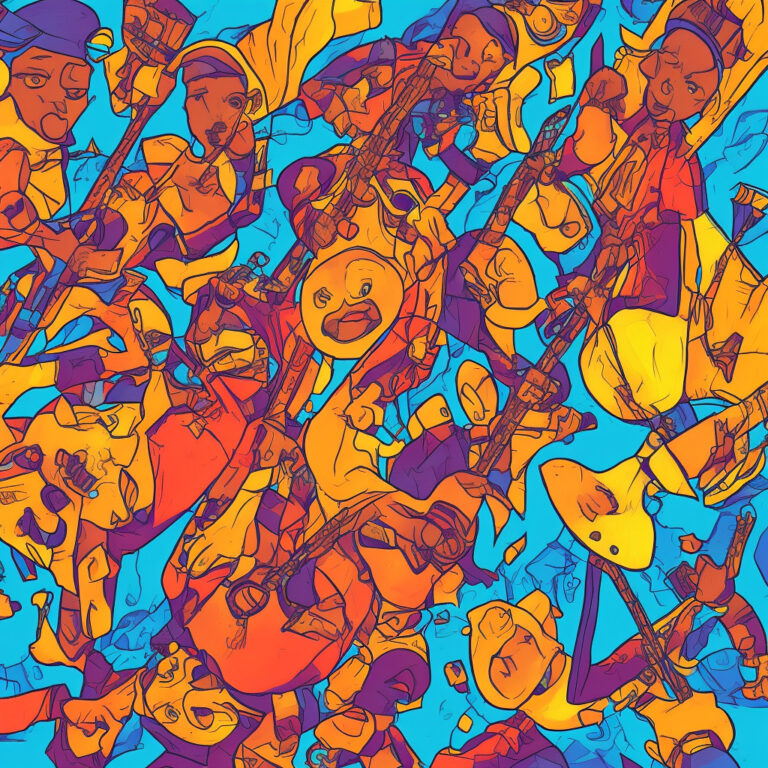
Hootie & The Blowfish, the iconic American rock band, was formed in 1986 at the University of South Carolina. Comprised of lead vocalist and rhythm guitarist Darius Rucker, lead guitarist Mark Bryan, bassist Dean Felber, and drummer Jim Sonefeld, the band quickly gained notoriety with their unique blend of pop, rock, and a dash of soul. Over the years, the group has released five studio albums, amassing numerous awards and accolades in the process.
One of the standout tracks from their debut album, “Cracked Rear View” (1994), is “Time.” This song expertly captures the essence of the group’s thought-provoking lyrics and catchy melodies, which have contributed to their enduring popularity. Upon its release, “Cracked Rear View” skyrocketed to success, reaching multi-platinum status and earning the Grammy for Best New Artist in 1996. While tracks like “Hold My Hand” and “Only Wanna Be With You” paved the way for the band’s rising fame, “Time” serves as a reminder of the depth and introspection that permeates their music.
“Time,” a song that explores themes of change, self-reflection, and the inexorable passage of time, showcases Rucker’s rich vocals and the band’s signature harmonies. The intricate guitar work by Mark Bryan and Dean Felber’s steady bass lines further enhance the track, giving it a sense of depth that fans have come to expect from Hootie & The Blowfish.
However, it is important to address the criticism Hootie & The Blowfish has faced over the years. Though their wholesome, polished sound garnered them legions of fans, some critics have found their music to be formulaic and lacking in originality. Additionally, the group’s mainstream sound has occasionally been derided as “safe” and “predictable.”
Despite such criticisms, Hootie & The Blowfish’s steadfast fan base, impressive record sales, and continued recognition within the music industry cannot be denied. From their beginnings as a college bar band to their current standing as seasoned musicians, Hootie & The Blowfish have undoubtedly made their mark on the musical landscape. “Time” serves as an enduring testament to the band’s ability to captivate listeners with their blend of introspective lyrics and infectious melodies, leaving a lasting impression on fans and critics alike.
Charting the Journey of “Time”
“Time” Flies Up the Charts: Hootie & The Blowfish’s ’95 classic defies odds, climbing to success on multiple Billboard charts and cementing ‘Cracked Rear View’ as a 90s staple.
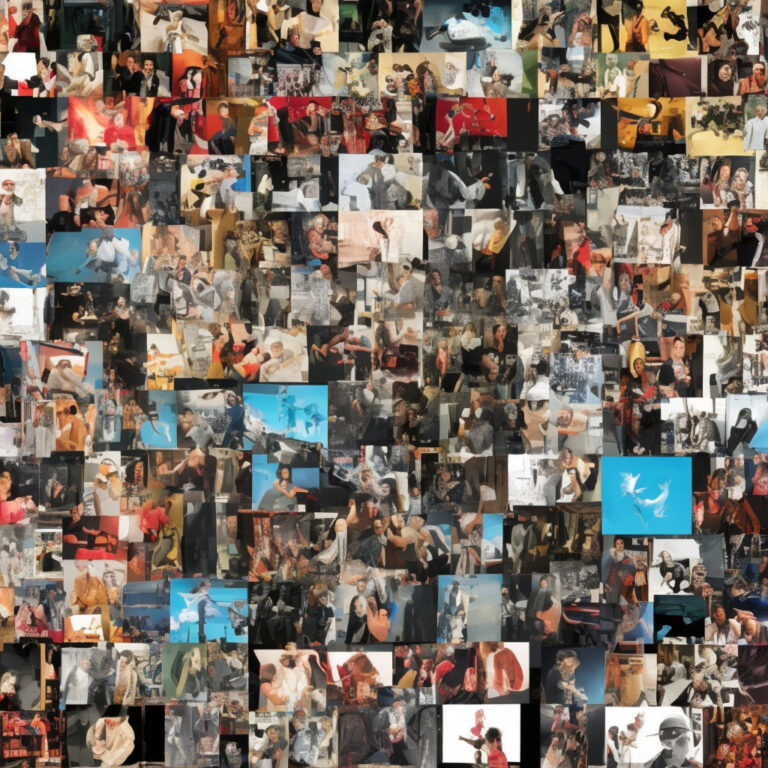
Released on October 17, 1995, as the fourth single from their highly successful debut album ‘Cracked Rear View,’ Hootie & The Blowfish’s “Time” soon made its way to the Billboard charts. Despite facing tough competition from popular bands of the time, the song managed to hold its ground and chart consistently over the weeks following its release.
The song initially surfaced on the Billboard Hot 100 chart at position #79 on November 11, 1995. With its catchy melody and heartfelt lyrics, “Time” steadily climbed the charts, reaching its peak position of #14 on February 3, 1996. The song also made an appearance on other Billboard charts, such as Mainstream Top 40, where it reached #10, and Adult Top 40, where it peaked at #1.
“Time” was not only a success on the charts but also contributed to the overall success of ‘Cracked Rear View,’ which became one of the best-selling albums of 1995. It was eventually certified 21x Platinum by the RIAA, selling over 21 million copies in the United States alone.
An interesting piece of chart trivia is that “Time” had the rare honor of sharing chart space with another Hootie & The Blowfish song, “Only Wanna Be With You,” which was also enjoying significant chart success during that time. “Only Wanna Be With You” peaked at #6 on the Billboard Hot 100, making the band one of the few acts to have multiple charting hits simultaneously.
In conclusion, although “Time” may not have reached the top of the charts like some of its contemporaries, its consistent chart performance and contribution to the success of ‘Cracked Rear View’ undeniably secured its place in the pantheon of 90s hits.
Unraveling the Significance of “Time” Lyrics
Time, why you punish me?
Like a wave bashing into the shore
You wash away my dreams
Time, why you walk away?
Like a friend with somewhere to go
You left me crying
Can you teach me about tomorrow
And all the pain and sorrow running free?
‘Cause tomorrow’s just another day
And I don’t believe in time
Time, I don’t understand
Children killing in the name of God
Pass me up or pass me down
Time, you ain’t no friend of mine
I don’t know where I’m going
I think I’m out of my mind
Thinking about time
And if I die tomorrow
Just lay me down in sleep
The lyrics of “Time” by Hootie & The Blowfish are a profound reflection on life, relationships, and the human experience. The song was released in 1995 on their album titled “Cracked Rear View.” The timing of this release coincides with the spirit of the 90s – a period marked by various sociopolitical events such as the end of the Cold War, the rise of the internet, and the advancement of civil rights movements.
The opening line, “Time, why you punish me?” sets the tone for the song, depicting the relentless nature of time that affects every individual. The lyrics discuss how time seems to wash away dreams, inflict pain, and cause confusion. There’s a sense of powerlessness as the speaker questions why time moves forward with no regard for the people it leaves behind.
The song also touches upon more substantial issues such as religion and violence, as seen in the line “Children killing in the name of God.” This can be interpreted as the band’s commentary on religious extremism and the devastating consequences it has on society. The lyrics delve into the perplexing nature of time and its impact on our understanding of life, death, and existence.
In the chorus, the speaker asks, “Can you teach me about tomorrow and all the pain and sorrow running free?” This line illustrates a desire for answers, a longing to understand life’s complexities and uncertainties. The lyrics express a sense of disillusionment and confusion about the world, which reflects the 90s era’s spirit of questioning norms, pushing boundaries, and seeking truth.
Overall, the song “Time” is a poetic exploration of the human experience, touching on themes such as relationships, the passage of time, and the search for meaning in life. The lyrics encapsulate how the events and social climate of the 90s shaped the perspectives of many, transcending the limitations of time to become a timeless piece of music.
A Trip Down the Memory Lane: The “Time” Music Video
“Time” music video: a hauntingly nostalgic journey through life’s stages, masterfully crafted by the collaboration of Hootie & The Blowfish and visionary director Frank W. Ockenfels III.
The music video for “Time,” a classic hit from Hootie & The Blowfish’s 1995 album ‘Cracked Rear View,’ showcases the band’s ability to evoke emotions through thought-provoking imagery and a nostalgic storyline. Directed by Frank W. Ockenfels III, a renowned photographer and director known for his work with artists like David Bowie, REM, and Fiona Apple, the “Time” music video is a testament to Ockenfels’ artistic prowess and Hootie & The Blowfish’s universal appeal.
The video is set in an old, abandoned building, which adds a haunting yet nostalgic atmosphere to the visual experience. The band members are shown in different rooms, with lead singer Darius Rucker crooning the introspective lyrics while his bandmates perform the song on their respective instruments. The setting’s dilapidated state and overall somber ambiance perfectly complement the song’s contemplative theme.
As the video progresses, we are introduced to various characters who appear to be reminiscing about their pasts. Each character represents different stages of life, from a young boy playing with toys to an elderly woman sitting alone in her room. These characters are interspersed with shots of the band members performing, emphasizing the universal nature of the song’s message.
The production of the “Time” music video is noteworthy for its effective use of lighting and cinematography. Shadows and dimly lit rooms give the video a mysterious, almost eerie feel, and the camera work captures the band’s raw energy and the poignant moments shared by the characters. Although the budget for the video has not been disclosed, it is evident that the creative team behind “Time” put in significant effort to create a memorable visual experience.
In the absence of an official music video, fans have taken it upon themselves to create their own interpretations of “Time.” The song’s introspective nature has inspired a myriad of tribute videos, lyric videos, and even animations that can be found on YouTube, reflecting the enduring popularity of Hootie & The Blowfish’s timeless hit.
The Mastermind Behind “Time”
Darius Rucker, the lead singer and primary composer for Hootie & The Blowfish, is the creative force behind the band’s hit song “Time.” Rucker’s songwriting abilities have been a driving force in the band’s success since their formation in the late 1980s. In addition to “Time,” Rucker has penned many of the band’s most beloved tracks, including “Hold My Hand,” “Only Wanna Be with You,” and “Let Her Cry.” These songs, along with many others, helped propel their 1994 debut album, “Cracked Rear View,” to become one of the best-selling albums of all time, with over 21 million copies sold worldwide. Rucker’s talents go beyond Hootie & The Blowfish, as he has also carved out a successful solo career, earning several No. 1 hits in the country music genre such as “Wagon Wheel” and “Alright.” His keen sense of melody and heartfelt lyrics have made him a respected figure in the world of music, and his work on “Time” showcases his remarkable ability to connect with listeners.
A Timeless Classic’s Accolades and Appearances
“Time” by Hootie & The Blowfish: A ’90s gem that transcends generations through awards, TV, gaming, and heartfelt covers.
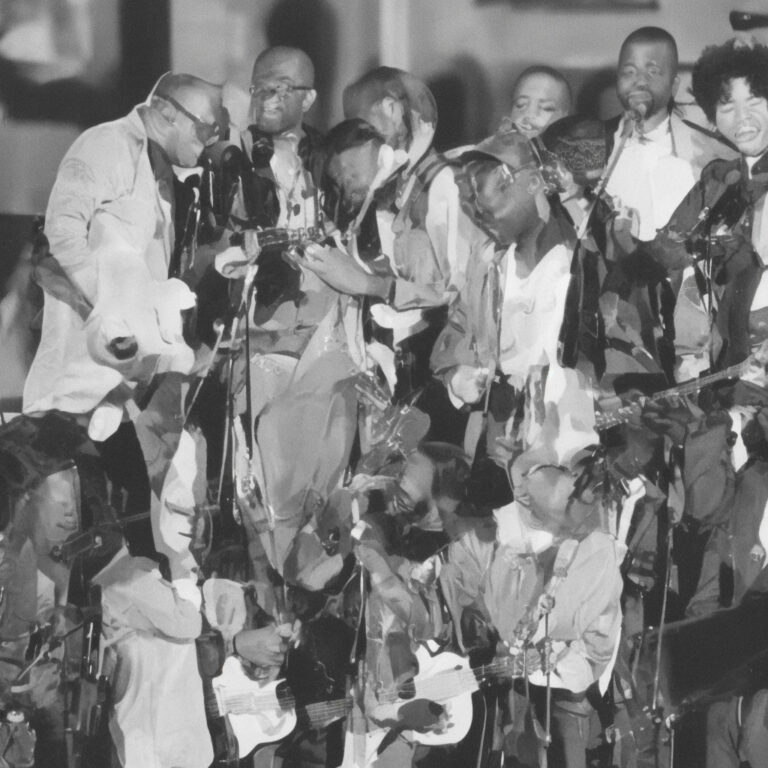
“Time” by Hootie & The Blowfish, hailing from their 1995 debut album “Cracked Rear View,” has been fondly cherished by fans and critics alike. Over the years, this song has earned several awards and been featured in various forms of media.
In 1996, “Time” played a significant role in helping the band win the prestigious GRAMMY Award for Best New Artist. Moreover, the album “Cracked Rear View” received several other accolades, including the 1996 Billboard Music Award for Album of the Year, showcasing the immense impact this song, along with its fellow tracks, had on the music scene during that time.
“Time” has also found its way into mainstream media, resonating with audiences in a variety of formats. It was notably featured in an episode of the hit television series “Friends” in Season 2, titled “The One with Five Steaks and an Eggplant.” The song’s inclusion in such a popular show only amplified its reach and reinforced its status as a 90s classic.
Over the years, “Time” has inspired several artists to create cover versions of the song. One notable rendition is by American singer-songwriter Edwin McCain, best known for his hits “I’ll Be” and “I Could Not Ask for More.” McCain’s take on “Time” offers a fresh perspective, while still preserving the essence of the original track.
In keeping with the gaming world, Hootie & The Blowfish’s work, including “Time,” has been made available on certain iterations of the wildly popular video game series “Rock Band.” This has enabled a new generation of music enthusiasts to discover and appreciate the band’s legacy, further solidifying “Time” as a beloved song that has stood the test of time.
In summary, “Time” by Hootie & The Blowfish has not only earned awards and accolades but has also made its mark in television, movies, and gaming. With various cover versions produced over time, it is evident that this song has left a lasting impression on the music world and will continue to do so for generations to come.
Dissecting the Musical Anatomy
Diving into the musical structure of “Time,” we find that the song is written in the key of G Major, boasting an uplifting and warm tonality. This particular key choice aids in delivering a sense of hopefulness and introspection while addressing the ever-passing nature of time. The chord progression remains relatively simple yet effective, utilizing the standard I-IV-V pattern (G-C-D) with an occasional vi (Em) chord to add some emotional depth to the composition.
The tempo of “Time” sits comfortably at around 84 beats per minute, providing a laid-back feel that perfectly complements the reflective lyrics. This moderate pace allows the listener to fully absorb the message conveyed by the band while enjoying the smooth, acoustic-driven instrumentation. The strumming pattern follows a classic down-up-down-up pattern, adding to the song’s overall accessibility and sing-along appeal.
When it comes to the arrangement, the song kicks off with an intro that features the main acoustic guitar riff accompanied by a soft, delayed electric guitar motif. This gentle opening sets the stage for the first verse, which is then followed by a pre-chorus and chorus section. The chorus is where “Time” really shines, with its catchy melody and anthemic quality that has made it an enduring favorite among fans.
Throughout the song, the band showcases their tight musicianship by seamlessly weaving together acoustic and electric guitars, bass, drums, and backing vocals. The production is clean and polished, with each instrument given ample space in the mix to breathe and contribute to the overall sonic landscape.
One particularly noteworthy aspect of “Time” is the tasteful use of dynamics. The verses are relatively stripped-down, allowing the lyrics and vocals to take center stage. In contrast, the chorus sections feature a fuller, more robust sound, with the addition of harmonized backing vocals and increased instrumental layers. This contrast between the verse and chorus contributes to the song’s emotional impact, making the message about the fleeting nature of time all the more poignant.
In summary, “Time” by Hootie & The Blowfish is a prime example of a well-crafted pop-rock song. Its simple yet effective chord progression, moderate tempo, and dynamic arrangement all work together in harmony to create an engaging musical experience that still resonates with listeners today. With its timeless appeal and relatable message, it’s no wonder that this song has remained a fan favorite throughout the years.



